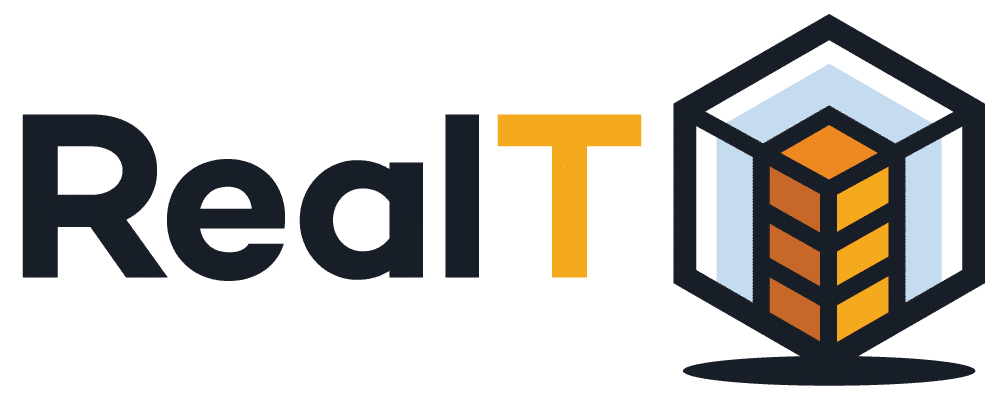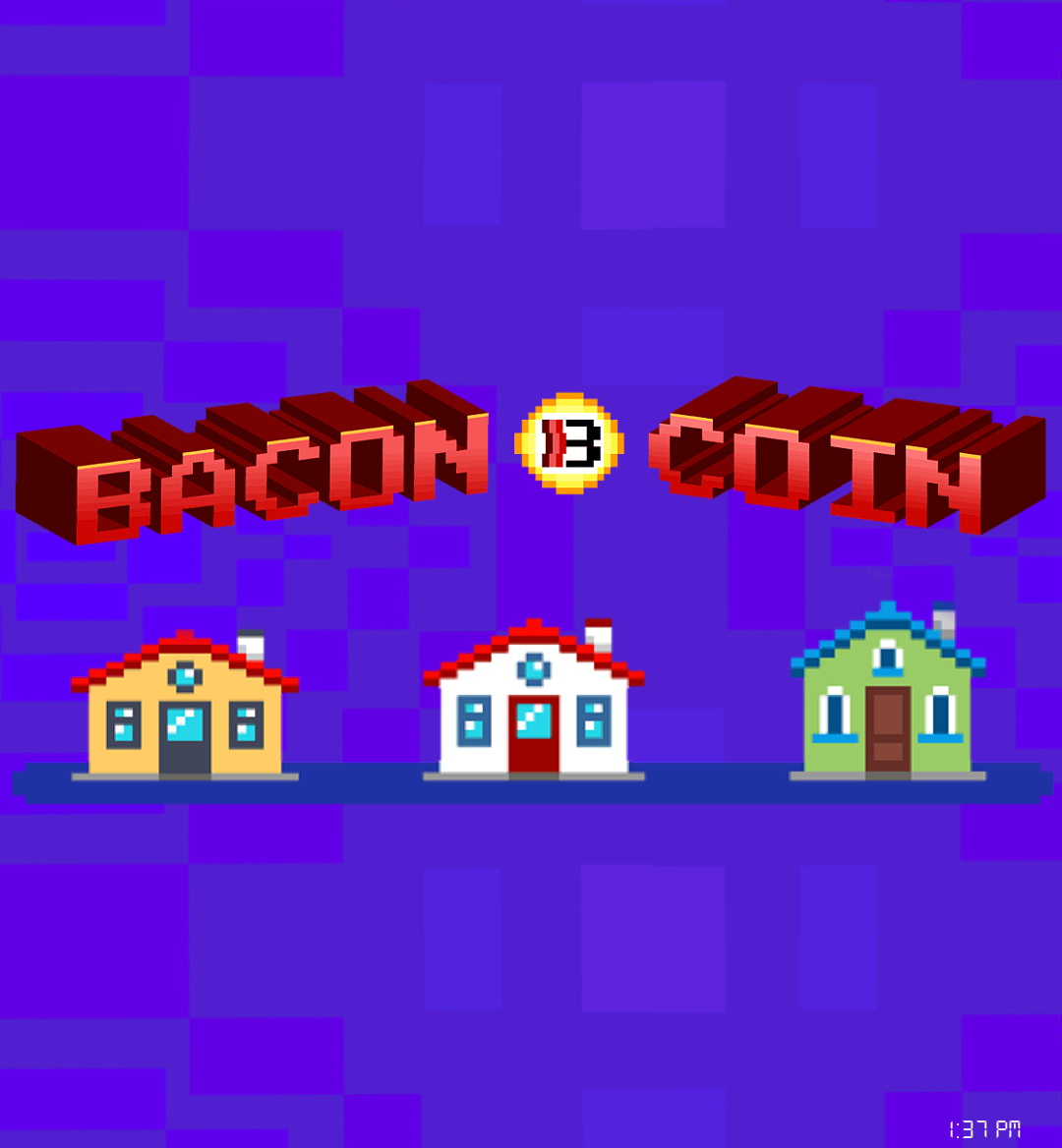






The Ranch token economics are currently being designed and hope to enable community ownership and active stewardship of the project.
Not being a true protocol, this token can be considered as closer to a stock or private equity than it is to a community token. A considerable share of the RCH token supply will be allocated to the team, early investors and early users. Through its path, the Ranch token should offer a sustainable open environment for Ranch Finance. Owning the $RCH token should constitute a direct incentive to the well-being of the project through benefits and responsibilities. The scope of these benefits and responsibilities may include : - Monthly earnings from the Ranch Finance fees - Adjusting the Ranch.finance fee level (capped to a maximum) - Underlying protocols to include/exclude - Assets (NFTs) to include/exclude - Excluding or including some parameters from the credit rating calculations